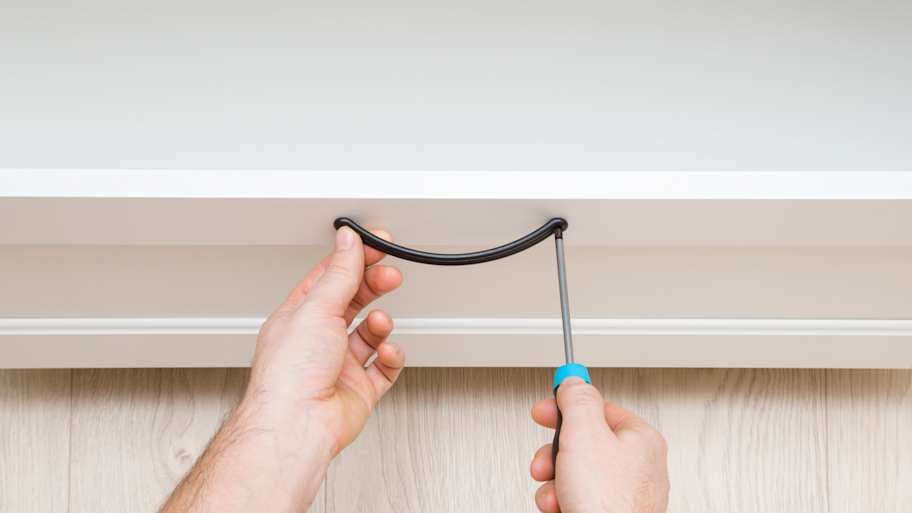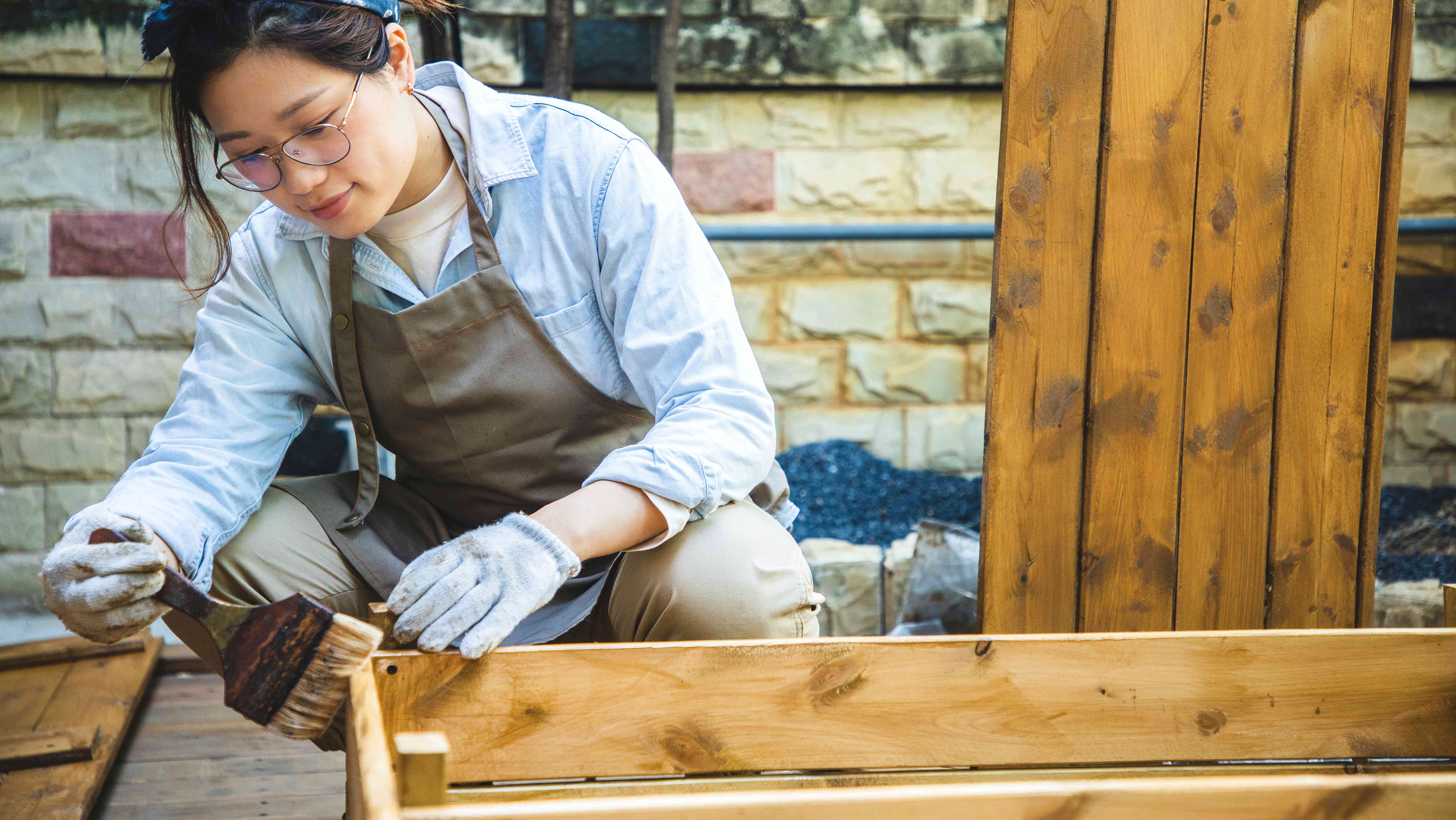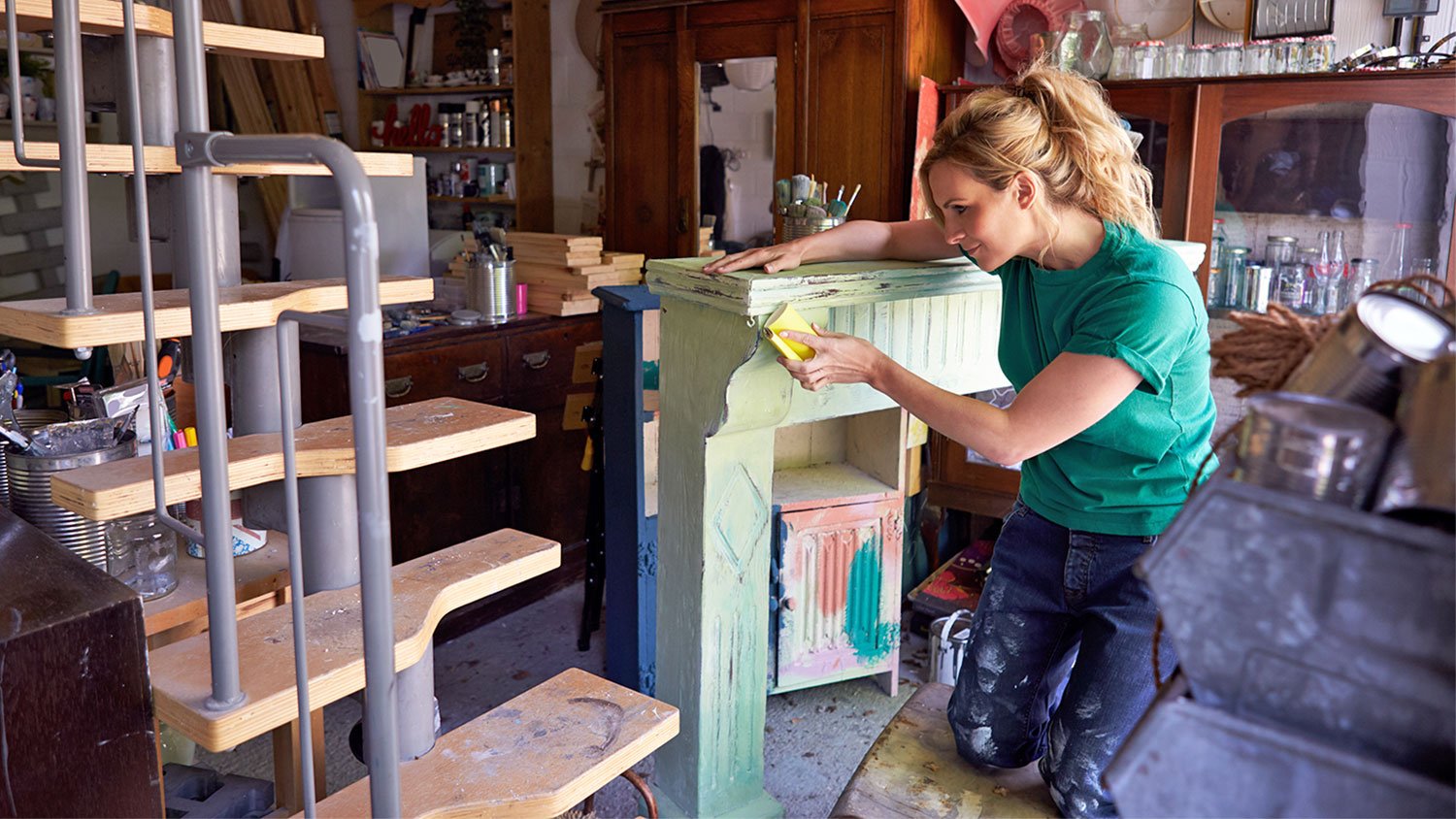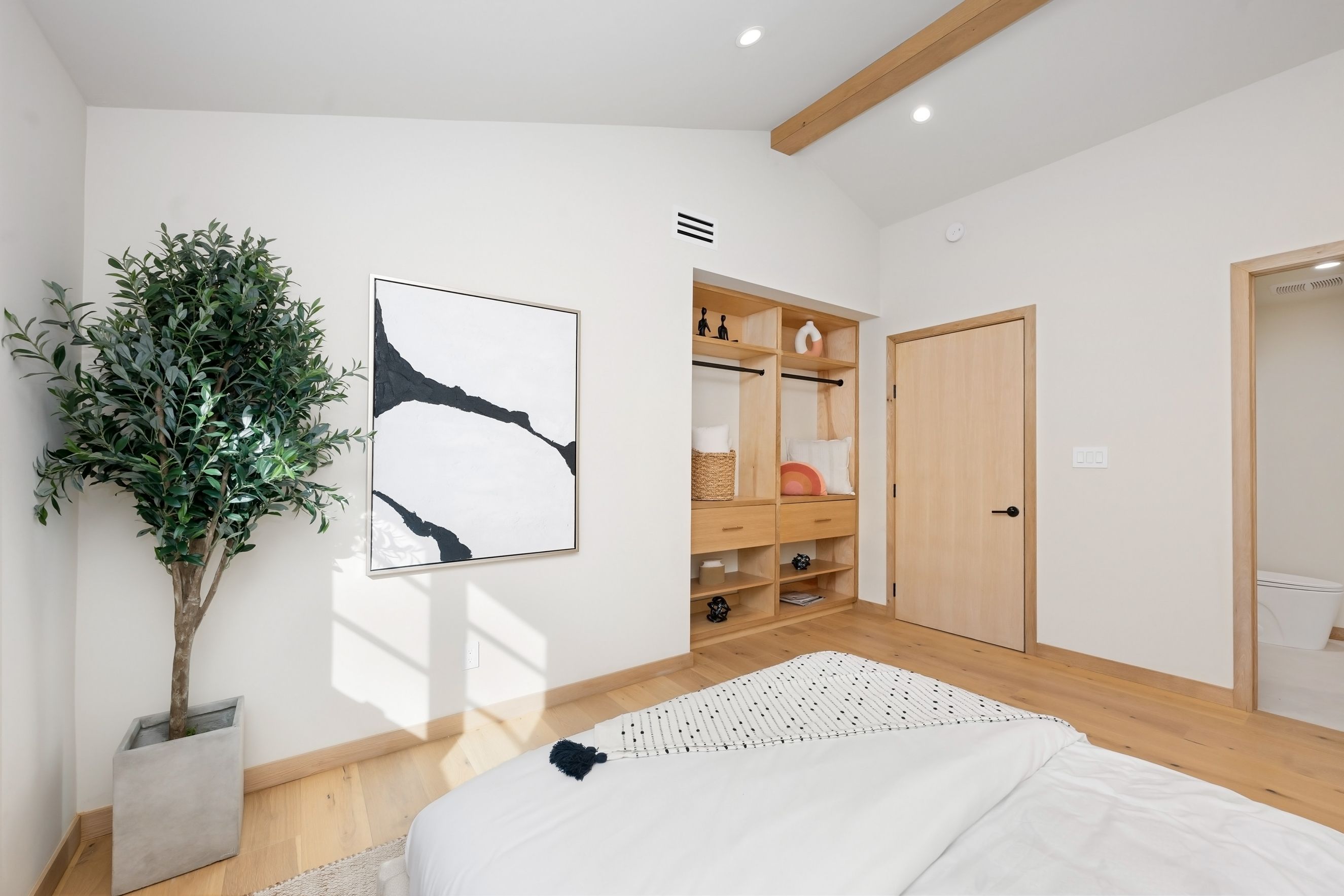
Wondering how much it costs to refinish a table? Get average prices, cost factors, and tips to help you budget and choose between DIY or hiring a pro.
Good wood deserves a second chance


Refinishing an old dresser, table, or chair can be a rewarding way to give new life to a worn or dated piece. But knowing where to begin can feel overwhelming. From identifying the type of wood to sealing and curing your final finish, these tips for refinishing furniture will give you the confidence to take on your next DIY project.
Wood types absorb stains and finishes differently. Oak and ash, for example, take stain well, while pine or maple can blotch without a conditioner. When you know the wood type, you're better equipped to choose the right products for the project and anticipate the final result. If you have refinishing furniture questions based on the type of wood, consult with your local furniture refinishing company to maintain the integrity of your piece.

When refinishing furniture, you'll be exposed to strong fumes from strippers, paints, and sealants, as well as dust from sanding. Completing your project in a well-ventilated workspace is essential for safety and comfort. A garage with the door open, a covered patio, or an indoor room with open windows and fans helps clear the air. It's also a good idea to wear a mask and safety goggles to further protect yourself.
Even if a piece looks relatively clean, years of dust, grease, and furniture polish can build up in cracks and crevices. This can prevent the finishing from adhering properly. A mild degreasing cleaner or a mixture of warm water and dish soap can do the trick, but make sure the furniture is completely dry before you continue with the project.
Look for any damage like loose joints, missing veneer, or deep scratches. Wood glue can handle wobbly legs or frames, while wood filler works well for dents and chips. Tackle these repairs before sanding or finishing for a polished final look that lasts. If the damage is extensive, you'll want to evaluate whether it's a restore or refinish furniture project.

If your furniture has any knobs, handles, hinges, or drawer pulls, take them off before you start sanding or stripping. This protects the hardware from damage and allows you to get into all the nooks and corners without obstruction. Keep the hardware and screws in a labeled bag or container so you’re not scrambling to find them when it’s time to put everything back together.
Stripping the old finish is one of the most labor-intensive steps, but it’s the best way to reveal the natural grain and prep the surface. Chemical strippers are the quickest method and come in liquid, spray, or gel form. Apply a thick, even layer to a small section at a time, let it sit, then scrape with a putty knife. Steel wool is great for stubborn areas, but you may need to repeat the process to get it fully removed. Patience is one of the best tips for refinishing antique furniture, as it can take a delicate hand to strip away aged finish.
Sanding is what truly sets the stage for a smooth finish. Start with a medium-grit sandpaper to remove any remaining finish, then work your way to a finer grit for a polished surface. Always sand with the grain to avoid scratches. And while it may feel tedious, taking your time here pays off big. Uneven or rushed sanding can cause blotchy staining or rough texture.

Do a test run with your chosen stain or paint on a hidden area like the underside or back. Wood can react unpredictably to different finishes, and colors can appear different on wood than they do in the can. A quick test can save you from a full redo and give you a chance to make adjustments before moving forward.
Once your stain or paint is dry, add a protective topcoat to lock in the final look and protect the piece from scratches, spills, and general wear. Choose a polyurethane, wax, or oil-based sealant that complements your finish.
Even after your piece feels dry to the touch, it needs time to fully cure. This is the period when the finish hardens and bonds to the surface, making it more durable. Curing can take a few days to a couple of weeks, depending on the product. Be patient and hold off on using the piece until it’s fully cured to avoid smudges, dents, or sticky surfaces.
From average costs to expert advice, get all the answers you need to get your job done.

Wondering how much it costs to refinish a table? Get average prices, cost factors, and tips to help you budget and choose between DIY or hiring a pro.

Get transparent furniture refinishing cost information and learn average prices, cost factors, and ways to save before hiring a pro and starting your project.

Discover the average furniture reupholstery cost, what impacts pricing, and how to save money on your next project. Get expert tips and cost breakdowns.

If you’re looking into refinishing some furniture, here are some common furniture refinishing questions you can expect to discuss with a pro.

Explore Murphy bed installation costs, including average prices, key cost factors, and tips to save. Learn what impacts your project budget and make informed decisions.

Have a piece of furniture that doesn’t work in your space or needs a refresh? Learn how to paint furniture at home with these simple steps.